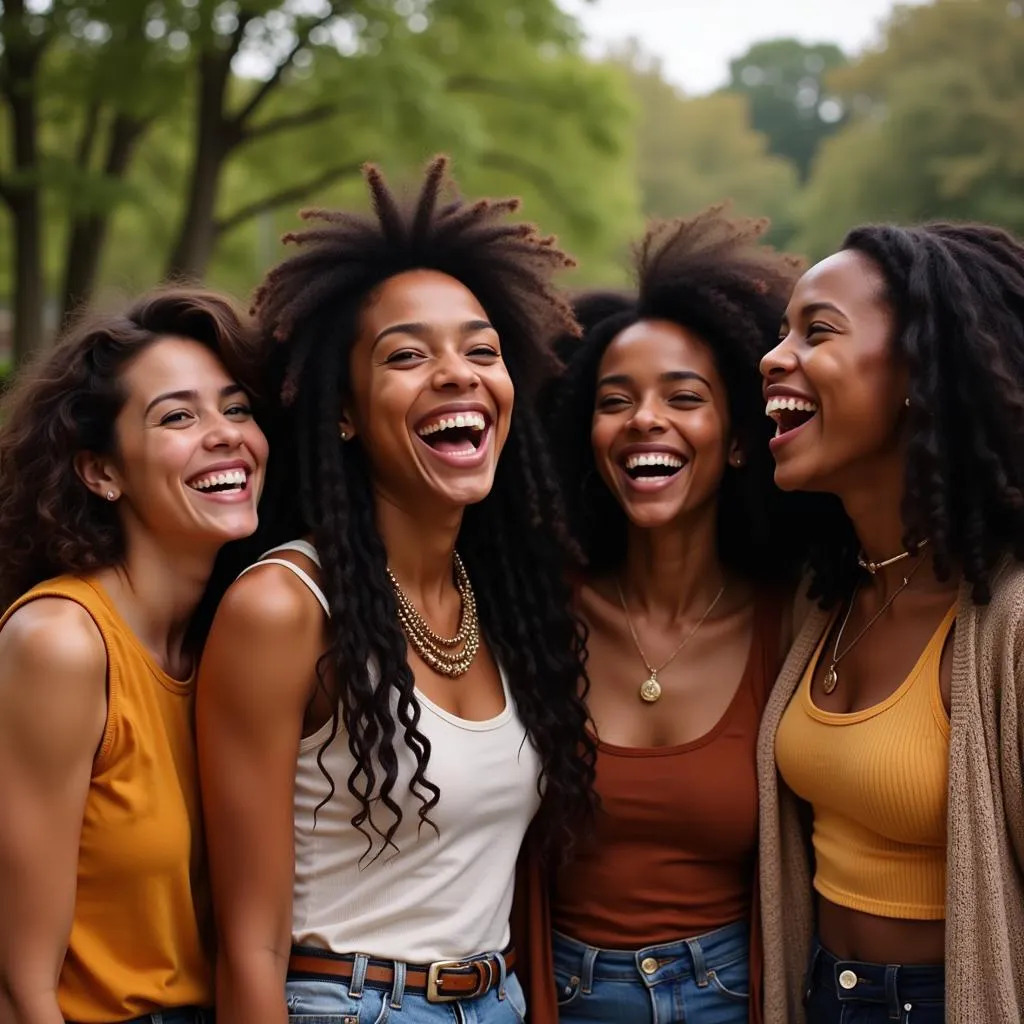Understanding African American Facial Expressions
African American Facial Expressions, like all forms of nonverbal communication, are a complex and nuanced aspect of human interaction. While often subtle, these expressions offer a powerful window into emotions, thoughts, and cultural influences. It’s crucial to approach this subject with sensitivity and a deep understanding that facial expressions are not universal. They are shaped by a tapestry of cultural norms, personal experiences, and individual differences.
The Interplay of Culture and Expression
Facial expressions, often considered universal, are far more intricate when we consider the impact of culture. While some basic emotions like joy, sadness, anger, fear, and surprise might share some commonalities across cultures, the way these emotions are displayed can differ significantly.
For African Americans, historical experiences and social dynamics have played a pivotal role in shaping how emotions are expressed. Systemic racism, discrimination, and the ongoing struggle for equality have contributed to a unique set of cultural norms surrounding nonverbal communication.
 Group of African American Friends Sharing a Laugh
Group of African American Friends Sharing a Laugh
Navigating Microexpressions and Context
Microexpressions, fleeting facial expressions that reveal true emotions, are another fascinating aspect of understanding nonverbal cues. These expressions can last for a fraction of a second and are often involuntary, making them challenging to detect. However, being attuned to microexpressions can provide valuable insights into unspoken feelings.
When interpreting facial expressions, context is paramount. The same expression can convey different meanings depending on the social setting, the relationship between individuals, and the overall tone of the interaction. It’s essential to consider these factors to avoid misinterpretations.
Common Misconceptions and Cultural Sensitivity
It’s crucial to acknowledge that attributing specific facial expressions solely based on race or ethnicity is misleading and perpetuates harmful stereotypes. Just as within any cultural group, there is immense diversity among African Americans, and assuming uniformity in their expressions would be a gross oversimplification.
One common misconception is that a neutral facial expression in African Americans always conveys anger or hostility. This harmful stereotype often stems from unconscious bias and can lead to misjudgments and misunderstandings. It’s essential to challenge such assumptions and approach interactions with cultural sensitivity and a willingness to understand individual perspectives.
 African American Professional Delivering a Presentation with Confidence
African American Professional Delivering a Presentation with Confidence
Building Bridges of Understanding
Developing cross-cultural competence involves recognizing that nonverbal communication, including facial expressions, can vary significantly across cultures. It’s crucial to approach interactions with empathy, active listening, and a willingness to learn from those with different cultural backgrounds.
Instead of relying on preconceived notions, engage in open and respectful dialogue, asking clarifying questions to ensure understanding and avoid misinterpretations. Building meaningful connections requires embracing diversity, respecting individual experiences, and appreciating the richness that different cultural perspectives bring to our interactions.

